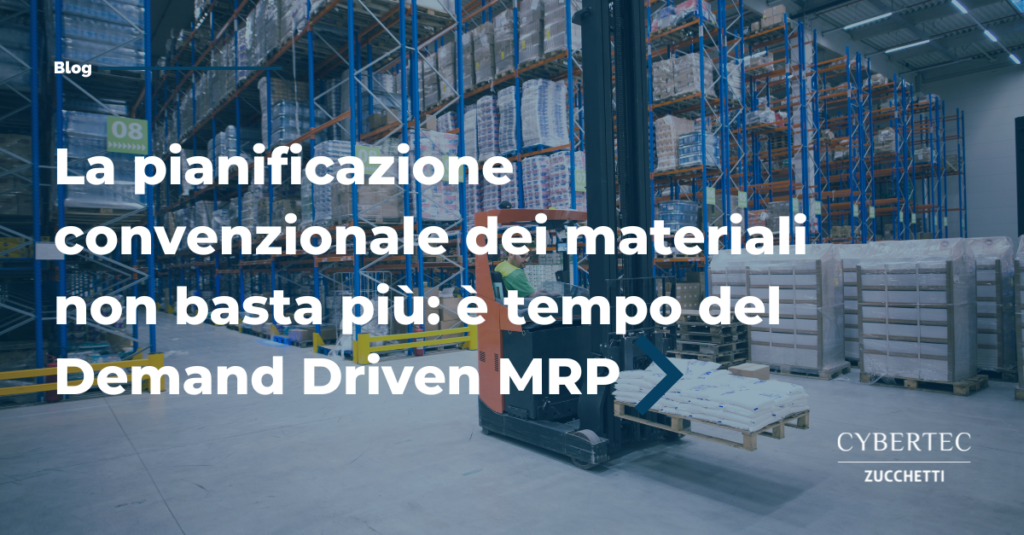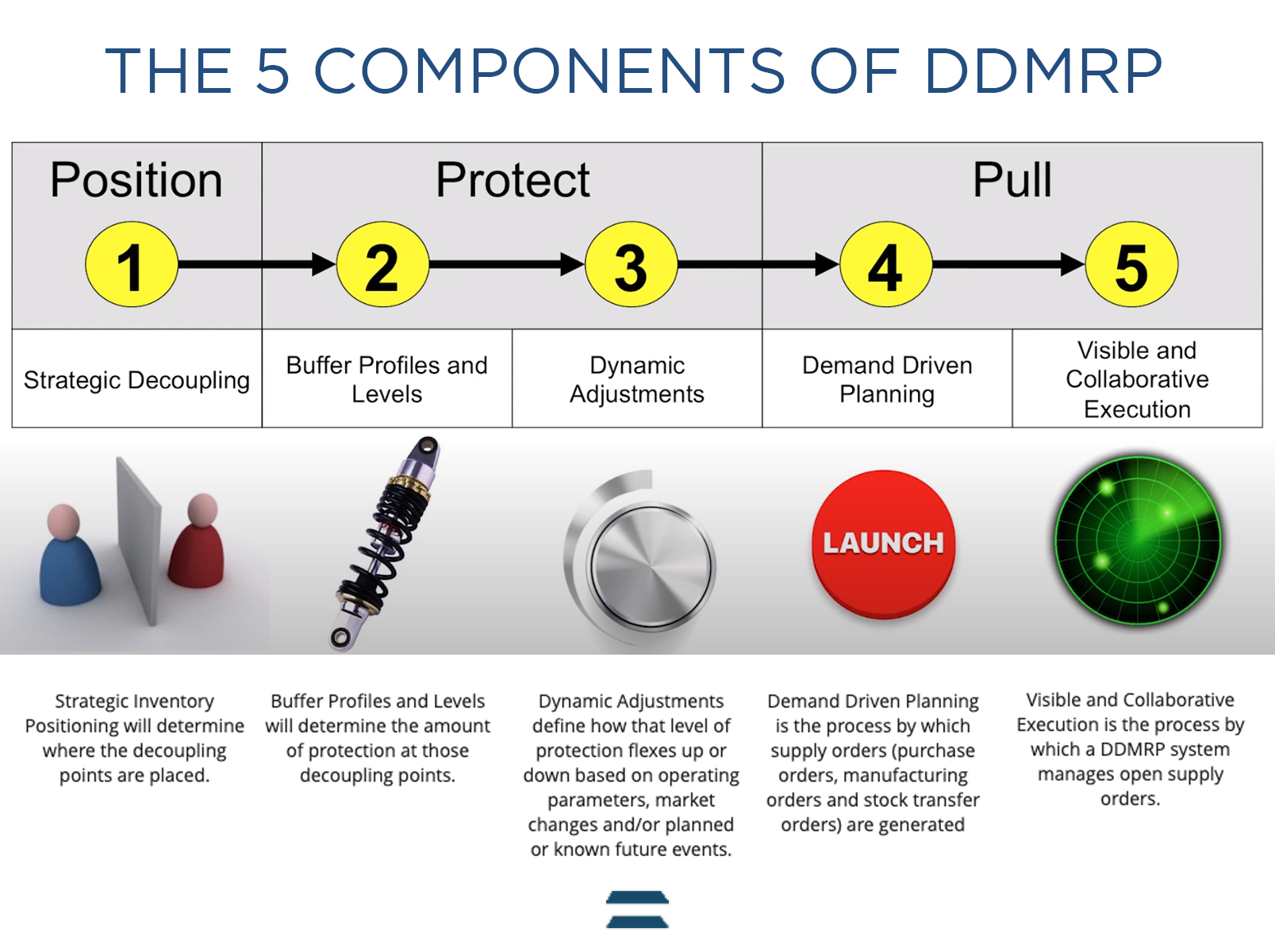In recent decades, the world has changed considerably. Globalisation, digitalisation and other factors have influenced the way of doing business and the productions of the various sectors. Supply chains have grown into complex international structures made up of elements that are located in different countries. As a result, the tools used to manage these new facilities have also had to progress; the production planning software tools have thus increased their capabilities by adopting methodologies and technologies suitable for supporting humans to effectively control these complex production chains.
The difficulties of the modern manufacturing world
To improve performance and respond promptly to customer requests, most companies have applied lean production philosophies, which have introduced new challenges for production planning. The “just in time” strategy requires short lead times, and customers expect equally short delivery times and do not tolerate delays. At the same time, however, consumers today require a greater degree of customisation and variety, aspects that have increased the complexity of production. Product lifecycles are also becoming shorter as the frequency of innovations has increased, which is why modern supply chains have a more volatile and difficult to predict future.
The Material Requirements Planning or MRP
The main tool still used today in manufacturing companies for resource planning is Material Requirements Planning (or MRP), introduced in the 1960s. At that time, MRP completely revolutionized the world of manufacturing, but now that times have changed, it is no longer enough to handle the needs of modern supply chains. MRP, in fact, is rigid and has difficulty adapting to modern production scenarios. Plans created with this tool often generate confusion and it is not uncommon for them to turn out to be inaccurate. Most companies that use these tools then need to manually correct plans or even use other tools to compensate for errors. Today, companies can update and upgrade the systems used to plan the supply of materials and free themselves from spreadsheets thanks to the innovative solution called DDMRP.
Whatis Demand Driven MRP or DDMRP, the future of material planning
Recently, the technology called Demand Driven Material Requirements Planning (DDMRP) was introduced, which fills the gaps in the MRP and eliminates the calculation errors of the latter. DDMRP is a practical and proven method for supply chain planning and management, which effectively brings the concept of material planning into the modern era. DDMRP is based on the connection between creating and speeding up the flow of materials and relevant information to improve asset performance. Using an innovative, tiered methodology, DDMRP helps plan and manage materials and inventories in today’s complex supply scenarios, paying attention to ownership, market, engineering, sales, and procurement. This method allows the company that uses it to separate forecasting errors from the generation of procurement orders and to align the latter with the actual needs of the market, also allowing better and faster decisions to be made, both at the planning and execution level.
How does DDMRP work? The five characteristic components of Demand Driven MRP
Thanks to a series of advanced and modern techniques, DDMRP allows companies to refine calculations by significantly reducing expenses and waste, improving the overall efficiency of the procurement process.
- Decoupling: The MRP uses the cumulative production lead time, which is the sum of the lead times of the individual components. DDMRP, on the other hand, decouples this time thanks to the decoupling technique, which ensures the availability of materials at intermediate points by dividing the lead time into partial segments, reducing forecast error and increasing flexibility, giving advantages in terms of competitiveness;
- Whip effect: another known aspect in the supply chain that is not solved by traditional MRPs, but even amplified by them, is the so-called bullwhip effect. DDMRP manages to avoid this phenomenon thanks to the management of materials through buffers that reduce overall variability;
- Reduction of supply chain nervousness: the DDMRP then allows you to manage the system nervousness, an aspect not managed by the MRP that leads to confusing and unfeasible plans that need manual adjustments. The DDMRP, on the other hand, is designed to be used on a daily basis and creates accurate, feasible and up-to-date plans;
- Reduction and balancing of inventories: a further aspect concerns the management of inventories and quantities in stock, aspects managed in the best way by the DDMRP. Thelatter, thanks to very accurate input signals, is able to adapt the buffers to the demand in a timely manner;
- Increased visibility: Finally, the use of a DDMRP allows you to improve visibility into the supply chain. MRPs do not have alerts for the reordering of broken materials while DDMRP introduces a series of indicators and alerts that give full visibility over the entire system and allow critical issues to be managed in time, reducing human errors, delays and planning times.
The benefits of DDMRP, a tool that can solve material planning problems
DDMRP allows you to always have the right quantities in the right place at the right time, but it solves many specific problems:
- Reduces or eliminates forecast errors: errors in the estimation of the production of materials and consequent shortages or excesses of stock;
- Reduces or eliminates System Nervousness: which leads to using Excel and launches the MRP weekly;
- Reduces planning errors, thanks to modern and refined techniques;
- Shorten planning times, to the benefit of frequency of use;
- It gives ease of use: less experienced users can use it anyway;
- Reduces inventories: reduces errors of overestimation of production, decreases fixed assets in finished products, reduces the risks of obsolescence;
- Shorten lead time: reduces the risk of losing sales to competitors due to too long production times;
- Increases service/OTD level and reduces dissatisfied customers as well as lost sales.
All these benefits can also be obtained by your company, simply thanks to the use of a DDMRP tool.
The professionals involved in DDMRP
The Demand Driven MRP involves the same professional figures who use the MRP and therefore those who refer to the production planning or supply chain management department. Among the main figures we therefore find:
- Supply Chain Manager;
- Operations Manager;
- Plant Manager;
- Production Director;
- Planning Manager;
- Planner.
However, the outputs and results of the DDMRP are also useful to people in more managerial roles who can use precise, accurate and up-to-date plans to make informed decisions.
The Demand Driven Institute for DDMRP
The Demand Driven Institute (or DDI) is an organization founded in 2011 by Carol Ptak and Chad Smith, which oversees the world of DDMRP globally. In particular, the DDI is responsible for professionally certifying the characteristics and compliance with the standards of the DDMRP on the market. The DDI therefore evaluates and certifies software by ensuring that a specific software has enough features and/or functions to implement, support and even improve a DDMRP-type implementation. This objective assessment led the DDI to grant CyberPlan DDMRP certification.
Finally, the Demand Driven Institute offers specific training courses aimed at offering and ensuring the understanding, application, analysis and evaluation of Demand Driven methods by professionals.
Learn how to equip your company with a Demand Driven MRP
Get advice from supply chain experts about the possibility of adopting DDMRP (Demand Driven MRP) software in your company and its perfect integration with your SAP, Oracle, Zucchetti (or more) ERP and the benefits it could bring you. Cybertec consultants are at your disposal to listen to your wishes and expectations and recommend the best solution for your company.

